Exposed: Yunghi Kim on the Power of Women Photojournalists
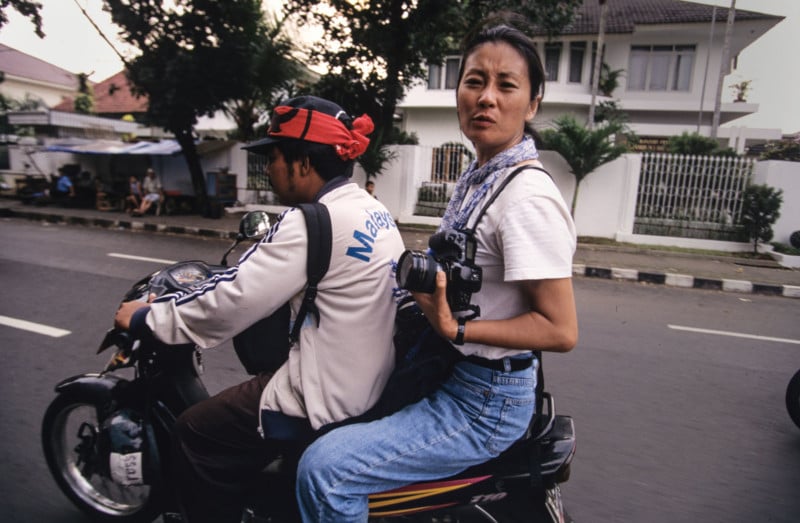
It is difficult to quickly sum up the ongoing career of photojournalist Yunghi Kim. Yunghi simply has too much personal energy, global photojournalism chops, and a record of giving back to the photographic community. In particular, Yunghi is known for her support of women photojournalists.
Yunghi is also known for bringing to light the issue of Korean women being forced to serve as sex slaves for the Japanese Army during World War II. It is an example of the power of photography to drive change. Korea’s Comfort Women: The Fight to Be Heard was first published as stand-alone multi-page photo essay in TIME Asia and US News & World Report magazines in 1996 when it generated the initial impact. The New York Times ran the story again in 2015 after which the Obama administration resolved the dispute in a strategic agreement. The series changed the course of Korean and Japanese relations.
Yunghi’s give back is further reflected in her annual Yunghi Grant. In 2015, Kim “paid it forward” by instituting a $10,000 grant to photojournalists. The grant has grown since its inception and has been granted to over 40 photographers. Five photojournalists received $3,000 in grants in 2020.
Yunghi is represented by Contact Press Images.
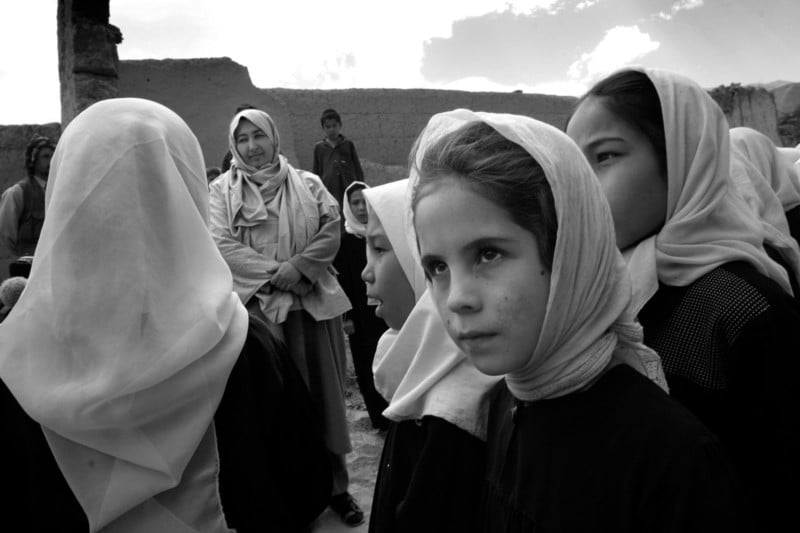
Peter Levitan: I want to start out by congratulating you on your new documentary, Unflinching Grace. It shows the powerful global journalism of Carol Guzy, Paula Bronstein, and you. Why did you produce this film?
Yunghi Kim: The Unflinching Grace doc is an idea I’ve had for several years. In the fast-moving information age of social media and the internet, I saw the opportunity to tell the stories of those of us who started our careers in the analog days. I also wanted to highlight the incredible experiences, the courage, and the dedication displayed as we navigated our careers. I think this comes through in the doc. I wanted to share some of our stories, so I asked Carol Guzy and Paula Bronstein to do the doc with me. Keeping it to three voices made sense for the 30-min format.
Carol, whom I consider to be the best photojournalist of the modern era, and, equally in her own right, Paula Bronstein is one of the hardest working photojournalists still after 40 years in the industry.
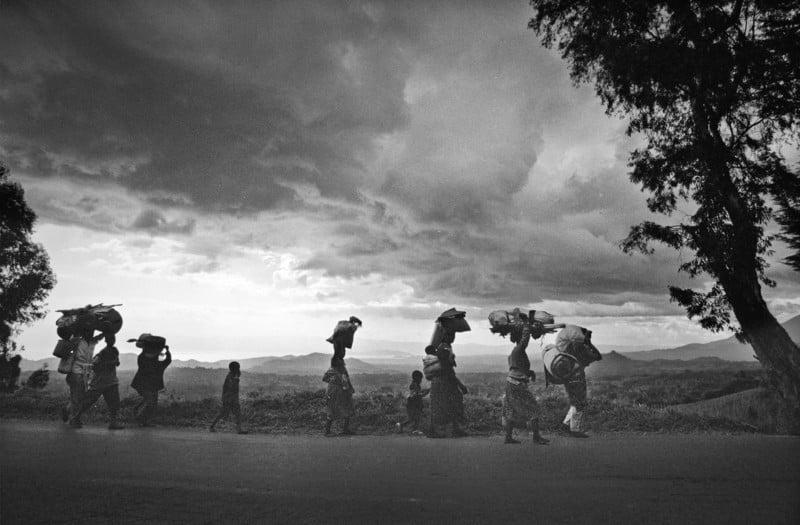
I have had great role models throughout my career – both men and women. I’ve had a great journey. I have a voice through my work in how I approach stories and important issues. To be a successful freelancer you must balance both. Personal work can facilitate assignment work; they piggyback off each other. I have worked with the best editors and photographers in the American newspaper industry and am fortunate to work with consummate pros at my photo agency Contact Press Images.
I don’t recall seeing another Asian female on the frontlines early in my career, but my career has been rich in the diversity, in situations, and stories I have covered. This doc was intended to give a snapshot of the countless places we traveled to and stories we covered, often in the harshest and dangerous conditions – to get the story. The doc shows the breadth of our work. There was so much material, it was painful to cut it to only 30 min.
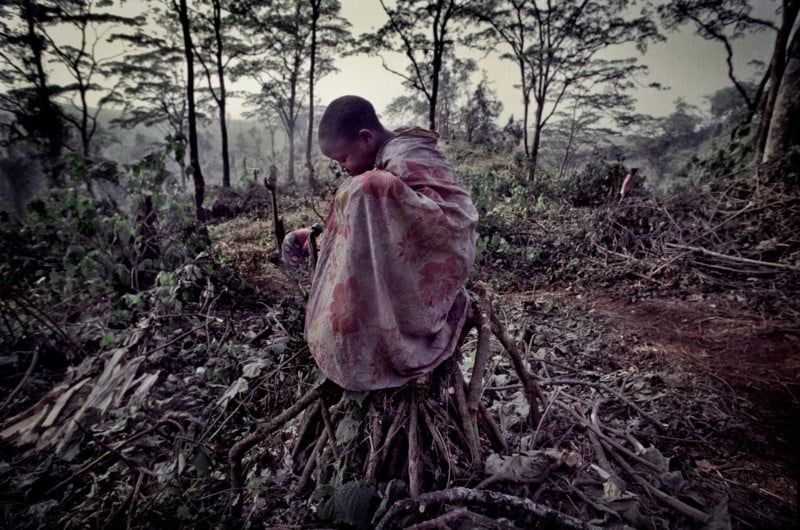
You also created the website Trailblazers of Light. I was blown away by finding so many compelling photojournalists that I’ve never heard of. Other than an obvious degree of sexism, why do you think female photojournalists have not gained the attention of the photography marketplace? Or, frankly, is it simply sexism because most editors were men?
It wasn’t so much sexism for me, but more to debunk the stereotypical first impression of me as a petite Asian a “model minority.” Sure, there are jerks among men as well as women. I find myself paradoxically energized by anyone who doubts my ability. I have always used that to motivate me to prove naysayers wrong. This is something I learned from my mother.
Once people saw my photographs, my skin color — and my gender — mattered less. That increased my confidence and competitiveness. Minority women are a force to be reckoned with because we were the underdogs, which meant we’re inherently tougher and grittier. We try harder! Watch out!
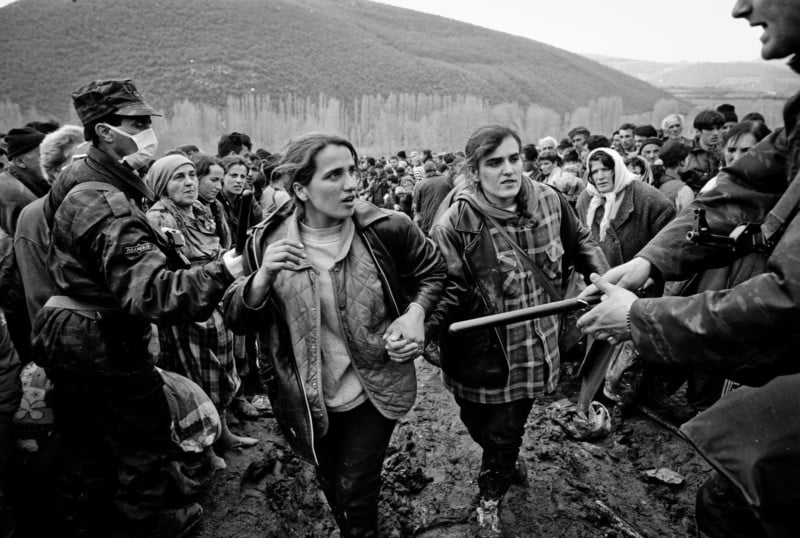
I think, generally, in our society men become icons, less so of women. I see institutions recognizing male photographers. To promote the “silent generation” of women photojournalists who paved the way from the film era, an educational database for the future generations, I spent 6 months producing the Trailblazer of Light project to correct a misconception on social media.
It’s a project lauding the accomplishments of American photojournalists or those who produced great work for American news publications during the film era. I had to limit the scope of the list to America. The research was tedious and dedicated friends helped me; Debra Pang designed the site, Natalie Behring and Rose Lincoln helped me with the research that took 6 months. There are 540 photojournalists and 255 picture editors from American newspapers and magazines on the list.
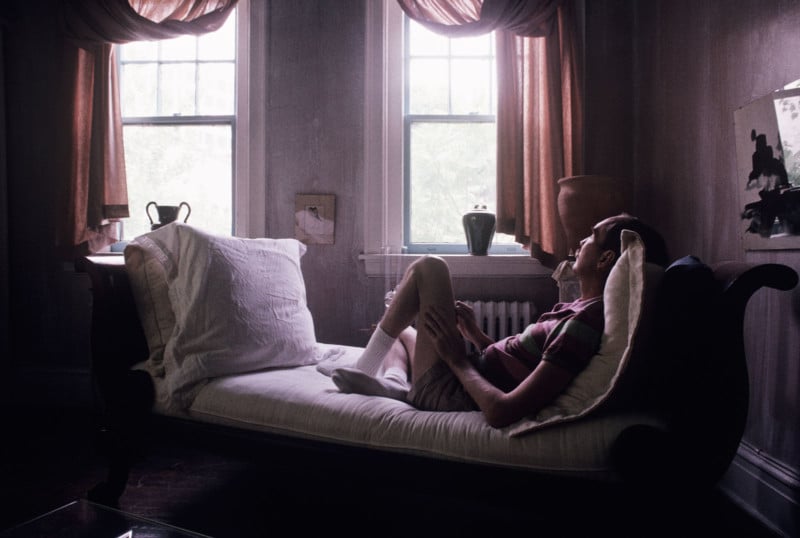
As I mention in the intro to Trailblazers of Light, American newspapers had a push for diversity and gender balance in staff hirings in the 70s and 80s. I was the first female hired at a small newspaper south of Boston – my first job. Four years later when I went to work for the Boston Globe, my dream job, there were women already on staff. I had great role models like Uli Welsch, Janet Knott, and Wendy Maeda, Joanne Rathe, Suzanne Kreiter who paved the way for me. They set the bar high, there was a sisterhood and competition among us.
By the time I left in the mid-’90s to freelance, I would say the staff was 40% women! I think this is true of many of the metro newspapers in the US but if you look at the Trailblazers of Light list, you see the large number of women who went to work in the 1970s at the start of the modern era of photography, it coincides with the wide use of 35mm cameras. To me, women who joined the staff on newspapers across the US are most significant: it was the daily grind and routine coverage work, but also great training. You had to learn to handle diverse and fluid situations. I think the sheer volume of daily assignments we did in this era probably outpaced any generation before us. If you look at all three of us, our archives are expansive, well beyond just a few key stories.
It was a time when American readers hungered for in-depth storytelling of events happening around the world, Newspapers, magazines, wire services, and photo agencies worked hard to fill that demand. Newspapers were grooming their staff and investing in stories by sending their staff abroad with skills sets honed to work fast, process, print, transmit, and meet deadlines. We were up for the challenge. Social issues, wars, famine, news events of all kinds, were covered by a crop of hard-charging, fearless women, who I describe as warriors because we had to be.
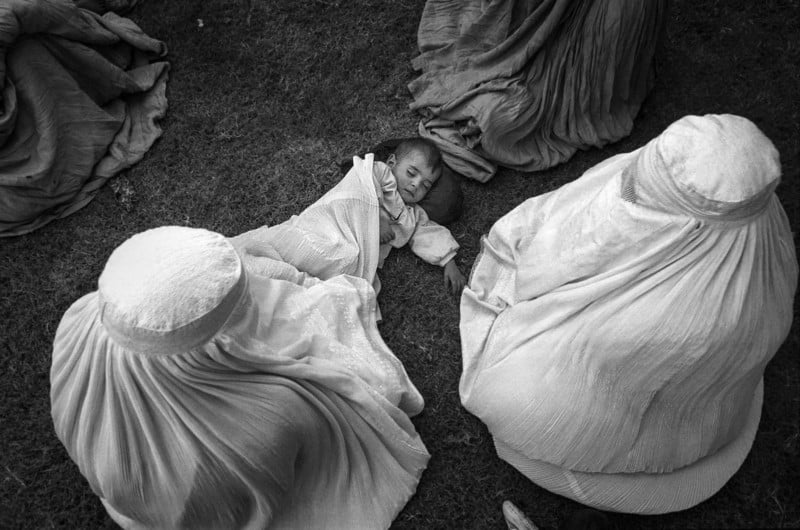
Magazines in the US (and Europe) were not accountable for this diversity push because by nature they pulled from a different talent pool on a freelance basis per story. The irony was magazine editors were largely comprised of female photo editors in the ’80s and ’90s.
Excellent photojournalism is happening right now in the wires (AP, Reuters, AFP, Getty News, EPA) because they invest in coverage. The wires generate a large number of assignments, so they can sustain freelance photographers economically. I believe it’s where you still find “working class and middle class” photographers even today.
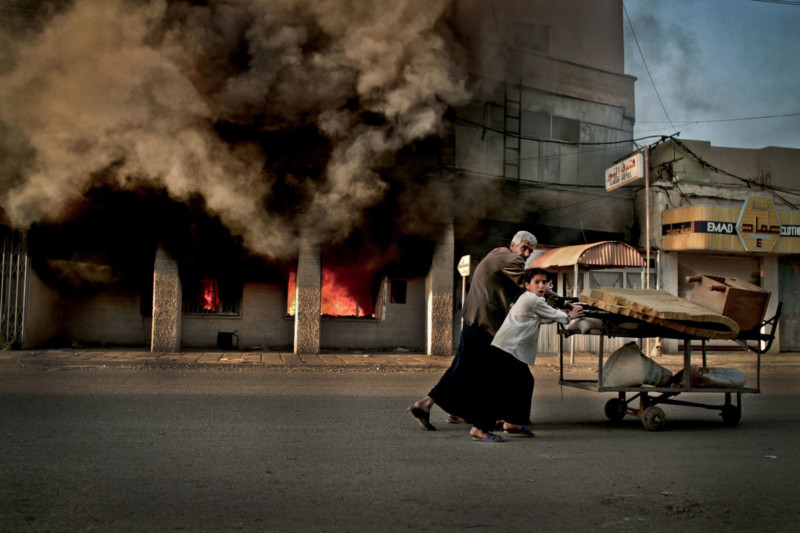
You’ve written about how important empathy and making emotional connections to your subjects have been to your work. Do you think that a woman photojournalist brings a different perspective to a story? OK, let me be more direct. Does a woman gain a more intimate entry into people’s lives than a man can? Therefore, ultimately creating more compelling images within very personal stories.
I think this depends on the photographer. Each photographer has their own vision and approach. That inner voice is important, and it never stops maturing; I am still visually growing. How you nurture your inner voice is up to the photographer, but one way is being out there in the community and working it. As a freelancer, you answer ultimately to yourself! Confidence in one’s ‘inner voice’ is what gives one the ability to communicate with one’s eye, or one’s ‘outer voice’.
My Comfort Women work from 1996 was informed from my background as a Korean American. I saw it as an important story, the plight of the so-called “grandmothers” brought me to tears when I first learned of it in the mid-90s.
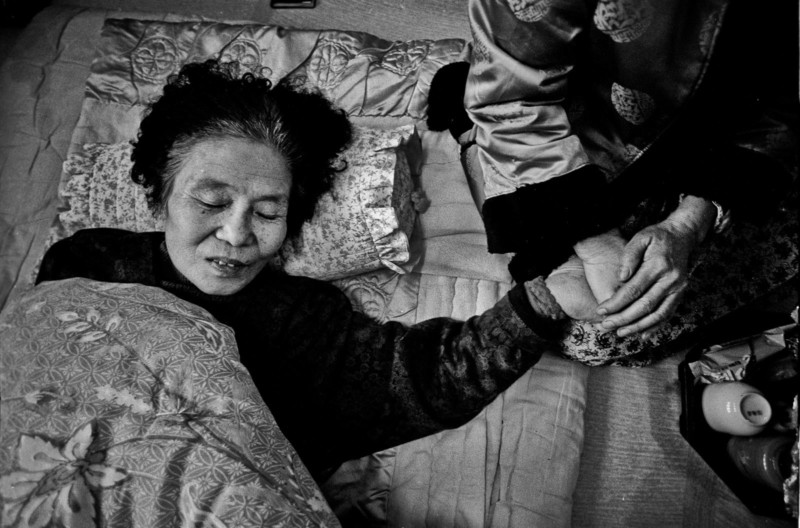
These women were forced into sexual slavery as young women during WWII by the Japanese Army. The grandmothers started to go public in the ’90s. Today, a story like this would travel instantly on social media. I worked on it when Korea really was truly on the other side of the globe and news was regionalized.
This work, an intimate profile of the grandmothers captured through their daily life, behind the scenes. I wanted to show who the comfort women were, so the world could connect with the plight of the women. This work helped introduce the issue of the comfort women to the West, it’s been widely published during the print era thanks to Jeffrey Smith, Director of Contact Press Images. Initially magazines were not interested, I could not get backing, but it was an opportunity to see my own grandmother (who raised me) when my mother sacrificed for us and immigrated to America in the 60s (why my mother immigrated to the US in the 60s).
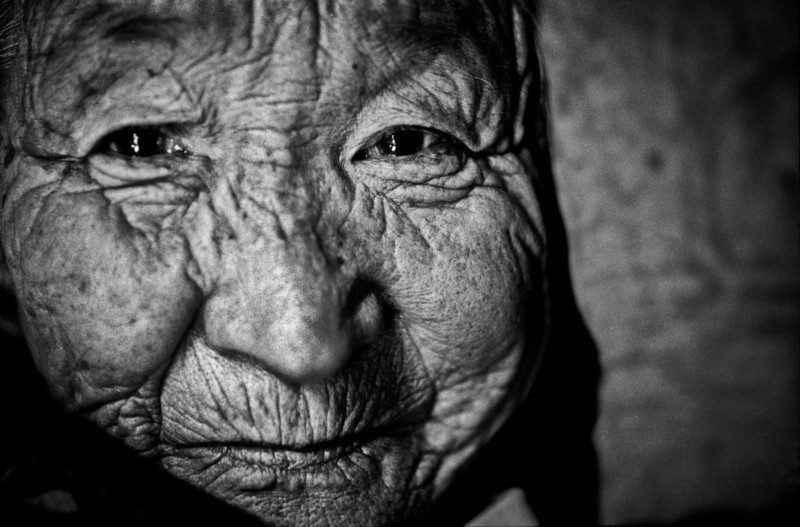
Once completed, carefully printed 11x 14 silver gelatin prints, Jeffrey patiently pitched the essay for 6 months to get it published. Once published, there was a first written apology from Japanese Prime Minister Hashimoto in August of 1996, and during the Clinton presidency, the US actually banned Japanese soldiers from WWII from entering the US. People have expressed appreciation for the intimacy in my work. It’s how I connect with people, and hopefully viewers feel what I felt in photographing the grandmothers.
I think conveying empathy and emotion is essential in order to draw the viewer into the story and have a long-term impact on the viewer. Showing the humanity of the people in your photographs connects the viewer with the situation but also it can invoke pleasant or unpleasant feelings.
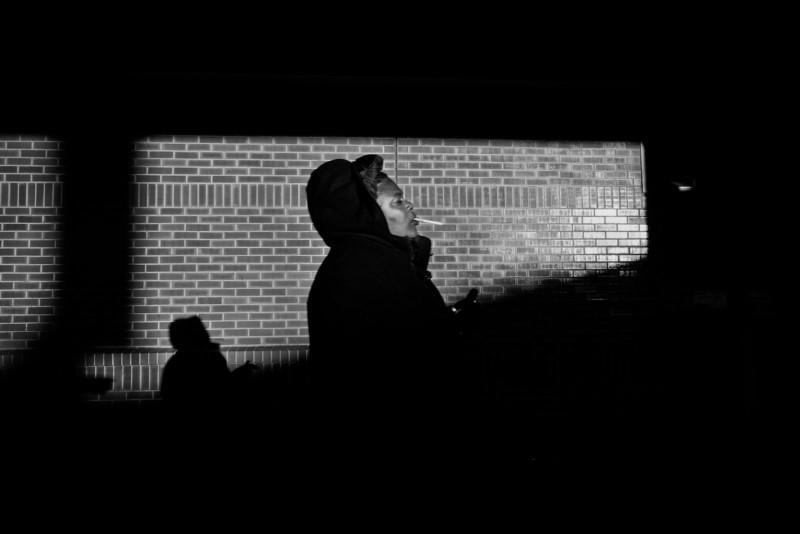
In respect to photojournalism itself, I’d like you to help us understand what this term means today. Is a photojournalist different from a documentarian? Different from a street photographer?
At the root of the word, photojournalism is the word ‘journalism” — that distinguishes itself from other forms of photography. The mission is to document and to inform, and it has a higher mission in that it’s for history. But it leaves the recording of that story – the manner in which it is captured — to the photojournalist.
Photojournalism is a balance of content (to inform the reader) and photographer’s aesthetics (photographer’s vision). Content becomes especially important in news photographs because you are informing an event, and to navigate it requires street smarts, intuitiveness, instincts, and grit. Learning to navigate the ever-changing and complicated landscape of a sometimes dangerous news story, gaining trust, and access, all take time. The journey to becoming a great photojournalist follows a long, meandering road that entails grueling hours on the street covering news or pursuing enterprise. Our generation of women spent 8 to 10 hours a day working every day, shooting 5 or 6 assignments a day, then it’s back to the office to develop the film and print all on deadline.
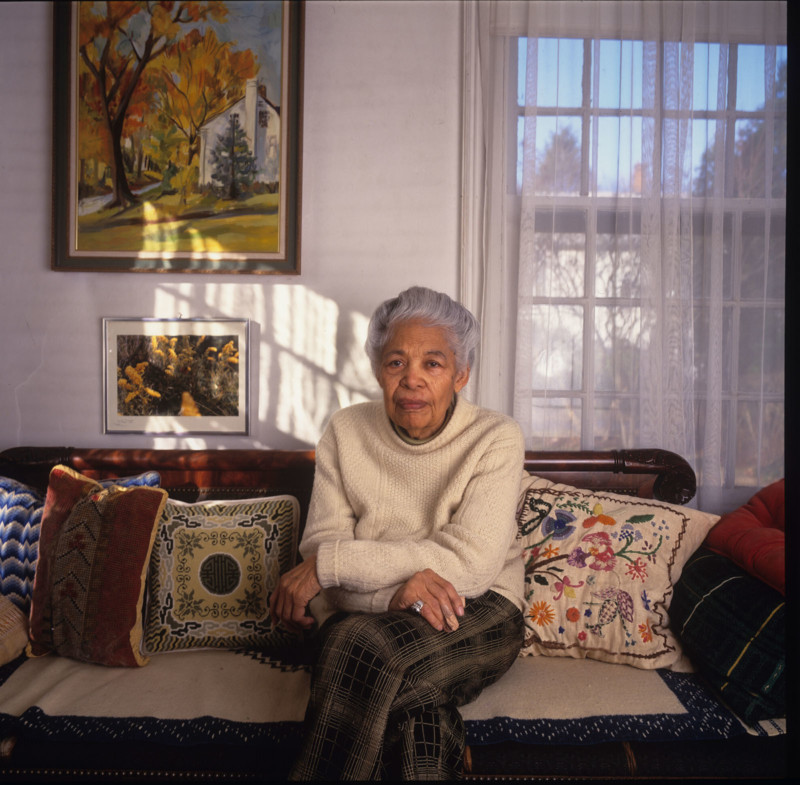
There is a spectrum in photojournalism, from portraits to features to embedding with families or community to news to sports, and there’s crossover aesthetics. As freelance photographers, one must be able to handle many bread-and-butter jobs from corporate to editorial. And more photographers are freelancing with the new platforms available today. With the advent of the iPhone and filters, everyone is a photographer, especially with being able to instantly upload and send.
But good storytelling is good storytelling either in one photograph or series of photographs, that takes time. We have a role to tell in reporting the story: to make it clear, concise, and demonstrative, without fakery or setting up situations to inform the reader honestly. For me, I am thankful I have the Comfort Women work, most of the grandmothers I photographed are gone. The work was captured by means of photojournalism, but now it is a document, something inviolable that will stand the test of time.

At the heart of photojournalism is ethics, such that the content of a photograph is not manipulated in post-production, nor are moments fabricated or set up. Again, it’s all about the credibility of visual information to the viewer.
I come from the era when images were equivalent to that of a reporter’s notebook, it is in the newsroom that you learn ethics. I learned that my negatives — outside of published images — should be protected, they are my notebooks. Information in reporters’ notebooks published and unpublished should not be used by interest groups.
With cable news, that changed, as opinions are passed off as journalism. We are in confusing times — now activism and propaganda are passed off as journalism. With Instagram, it’s even more confusing to the public, it’s mixed with entertainment and influencers. It’s hard to sift through it. So, when the general public sees a news image, people don’t see it as reporting but are thinking, “Why am I seeing this on my feed. It’s not what I agree with.”
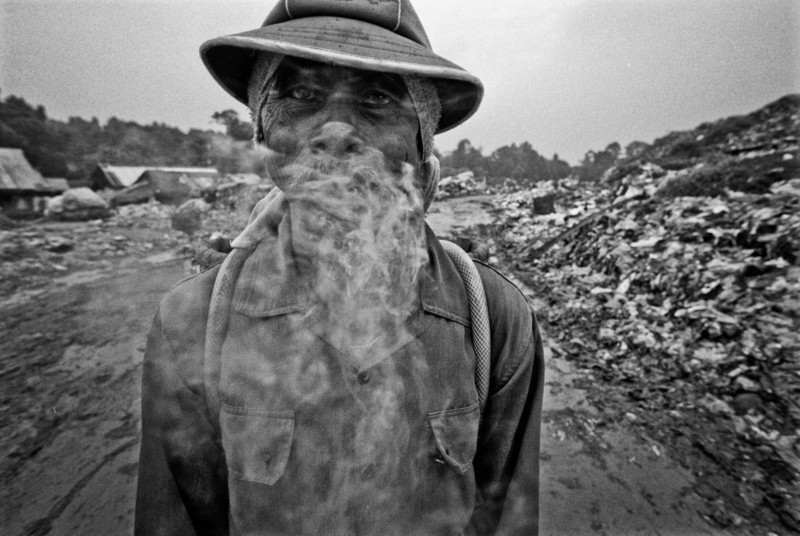
At the core of photojournalism is news. News is not always pleasant, but it needs to be visually reported, documented, (i.e., refugee crisis, wars, famines, fires, bombings). Images of photojournalism are powerful in informing and inspiring the world to do something about it.
Think back to Catherine Leroy’s daring images from the Vietnam War where she parachuted with the US military to do her job. She was captured by the North Vietnamese Army. She talked her way out and managed to take their pictures. Margaret Bourke White’s haunting images of the Holocaust, WWII, and the Buchenwald concentration camp in 1945. Dorothea Lange‘s Japanese Internment camps during WWII in 1942 captured Japanese Americans struggle to retain their dignity, we are thankful these images exist. Further, Carol Guzy’s dedicated work to document Haiti, Janet Knott’s 1986 shuttle explosion. Lynn Johnson’s groundbreaking breast cancer series To be Whole Again from 1988, Marilyn K Yee’s daily work as the staff photographer for the New York Times covering “Gotham City” at all hours. Yee was fearless.
These are female photographers on the ground and out in the streets, in the communities, embedded with families, that capture the human condition, showing the worst and best of humanity. In this context, me walking into Iraq to cover the Iraq war in 2003, driving through monsoon rain, walking only at night to escape detection, was nothing to shout about. I did not talk about it for 10 years, then I wrote about it on the 10th anniversary of the Iraq War in National Geographic and went public with my story.
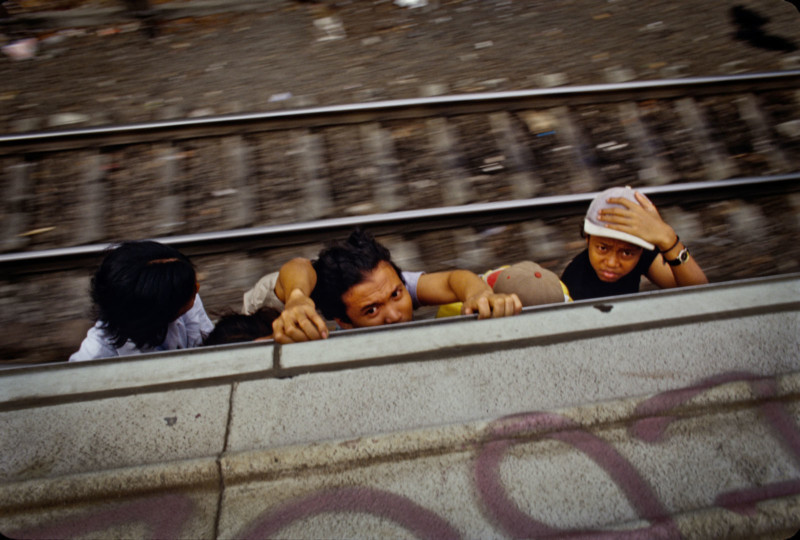
Let’s step into the business of photojournalism. What advice do you give a young person that wants to enter this world? And, as print publication options fade, how can a photographer show their work to a broad audience – especially if they are creating linear, multi-image stories?
Multi-image essays exist today as they did during the print era except online.
In the print era, it was more of a struggle to get your images published because of limited space. Now it’s a bit easier, with seemingly endless space on the Internet but editing and sequencing are still critical. So is understanding what you are licensing, in what market, and with what rights.
In stories, the edit is important. I can work on it for days or weeks. When I see a good edit now, I study it and I look at it several times to better understand the sequencing.
Endless online space means there are more assignments. Just look at the NYT. They just reported they have one billion in cash.
Be wary of the “exposure game” — doing work for someone who tells you the “exposure is good for you.” Sometimes there is a value to exposure, but it has to be a balance. It’s not going to pay your bills.
Learn your craft, look at the industry as a long game, you may have periods with a lot of work, notoriety, and successes, but you will also have periods of banal work and frustrations. It happens to everyone. I respect photographers who persevered despite market downturns and the favoritism of new “flavor of the month” talent over the years.
Network with your peers as support but also know your peers can be your competition. You are all pursuing the same pool of assignment work. But generally, it’s important to have a small group of people around you who have your back. I would say, in some ways, there are more assignments now because of the need for endless online content.
I admire younger photographers Hilary Swift, Diana Cervantes, Go Nakamura, Alessandro Rampazzo, Nicolo Filippo Rosso, Ann Wang, Regina H. Boone, Stephanie Keith, John Minchillo, Tom Brenner Byron Smith, Sarahbeth Maney to name a few. These photographers, it’s not what they say, it’s in their work. It’s a pleasure to follow their work closely.
It’s important to retain your copyright rights especially on work that is personal projects, be careful of contracts you sign, and understand the contracts. Today photographers need to have a multi-prong strategy: assignment, recouping unauthorized use, retaining copyright, print sales, and some may have to do other jobs. Read my friend Todd Bigelow’s book on the The Freelance Photographer’s Guide to Success: Business Essentials. This book will help you.
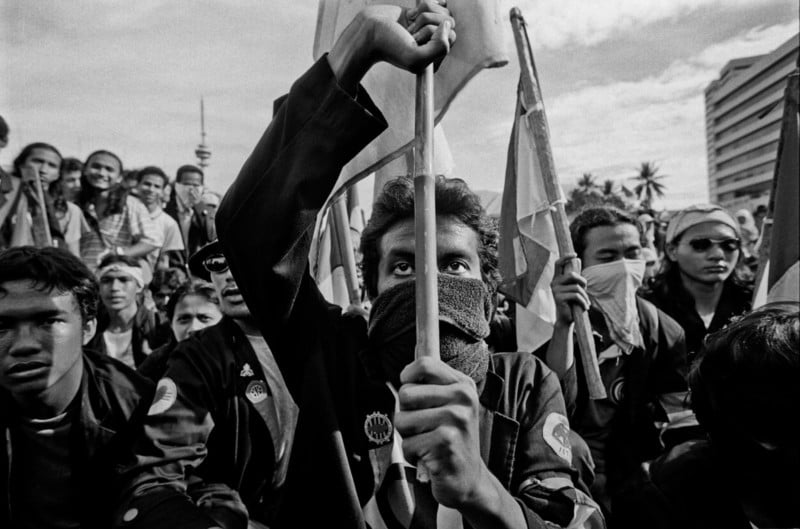
Register your work with the Library of Congress. I was one of the first people to encourage photographers to pursue unauthorized use violations in the internet era 10 years ago. Today, the money I recoup from unauthorized use of my work funds my Yunghi Grant started in 2015. Knowing your rights regarding copyright is important. Also, a source of revenue for freelance photographers in today’s climate. Theft of images was so rampant it launched an entire cottage industry of lawyers who will work with photographers on contingency.
Last question is about your personal growth. You’ve mentioned that you developed as a photographer because you came to the United States as a child with limited English. What can we learn from your experience in how we can be more conscious about how we see?
My English was limited at the age of 10 when I came to the United States in 1972. It was pretty much Yes or No! That was it. Much of my childhood was spent waiting in Korea to come to America to rejoin my parents. I saw my mother for the first time when I came to the US. I remember in the 4th grade, classmates coming up to me to ask questions, and I would just randomly say yes or no. I can only imagine what they were asking? I laugh now thinking about what the questions might have been.
Some people have a talent with languages, I do not. I am envious of those who can speak 5 languages. I discovered I speak a visual language that has taken me everywhere. I have a great instinct, I’m a reader of people’s reactions. Talk is cheap but judging reactions and being observant will save you in a conflict zone. You will learn to see the soul and character of the person.
You can see Yunghi Kim’s work on her website.
About the author: Peter Levitan began life as a professional photographer in San Francisco. He moved into a global advertising and Internet start-up career. Peter photographs people around the world using a portable studio. This is his excuse to travel and meet people.